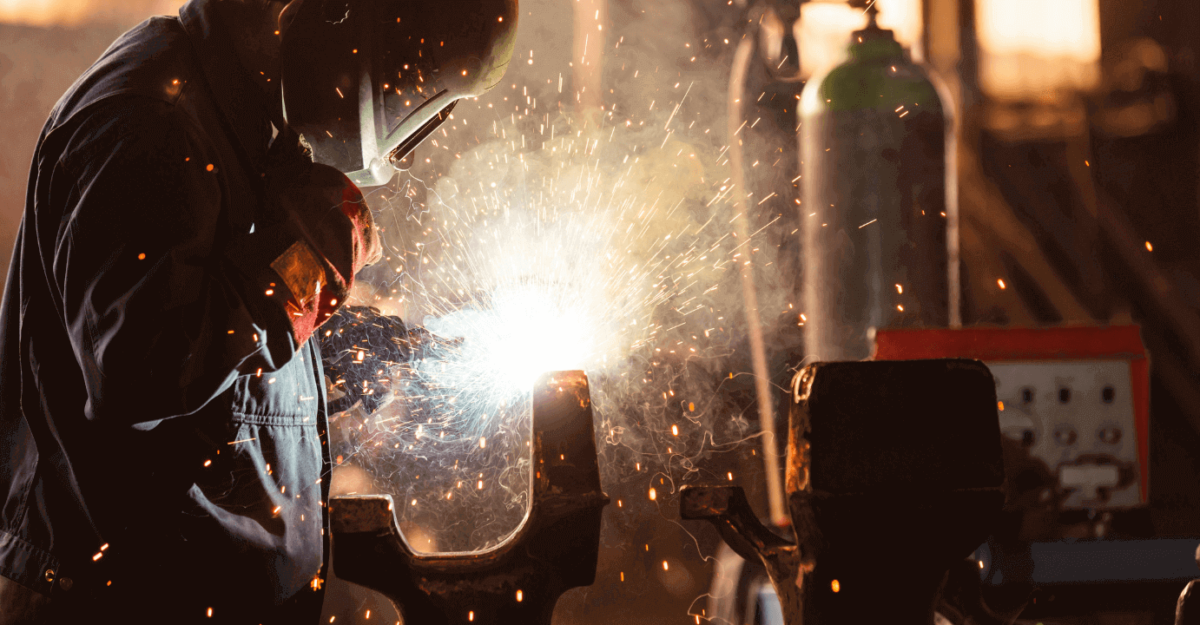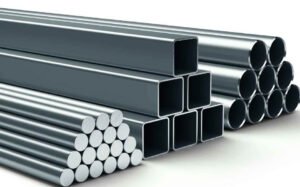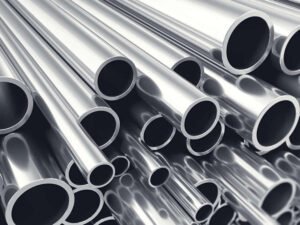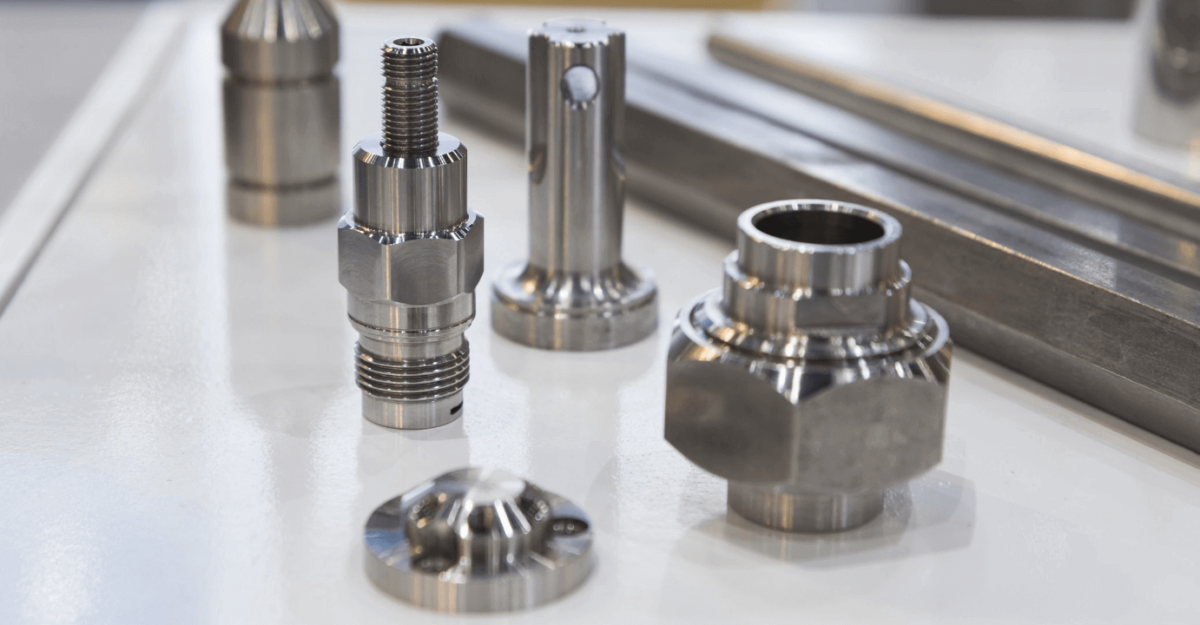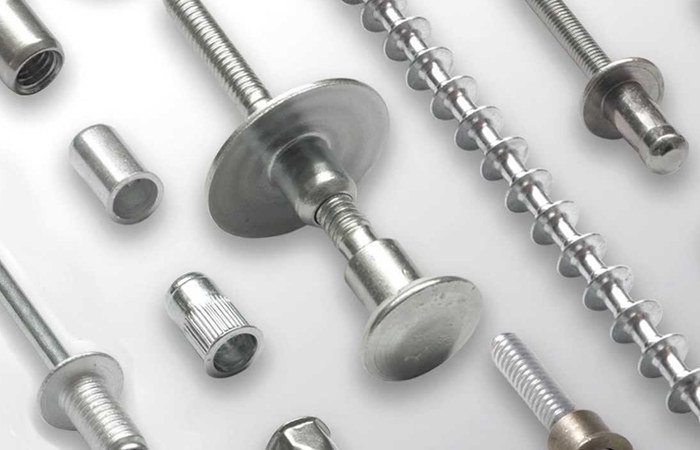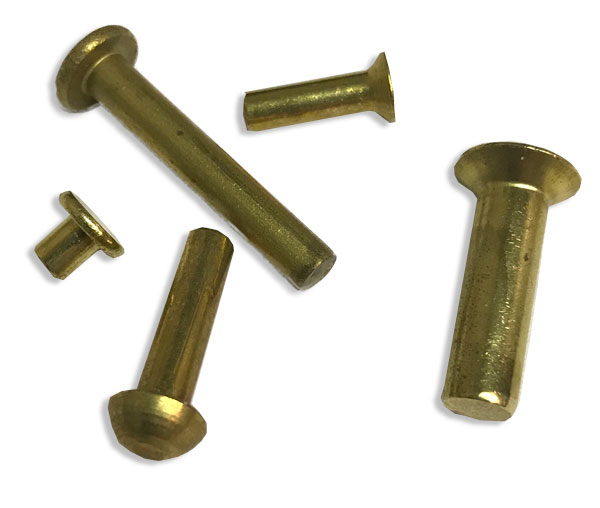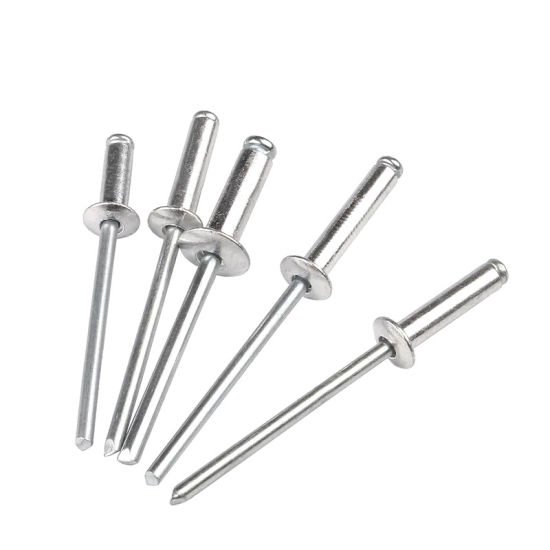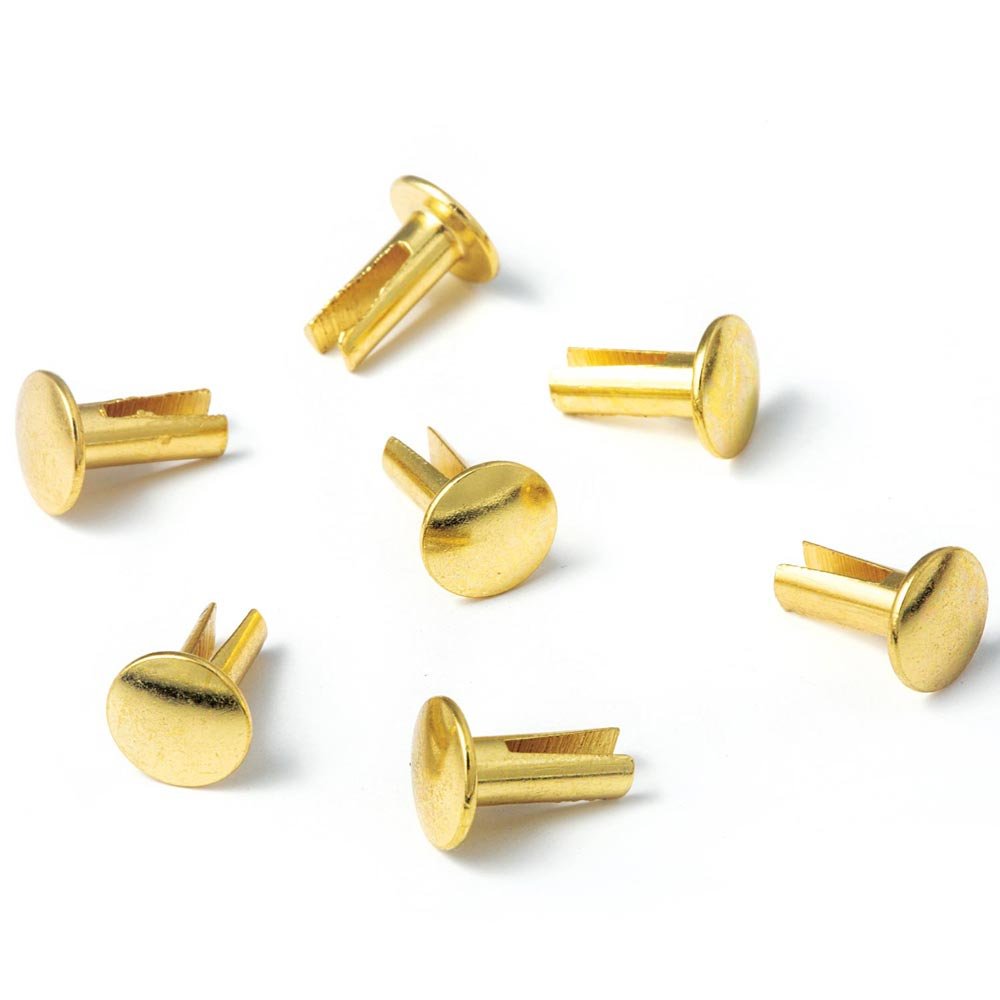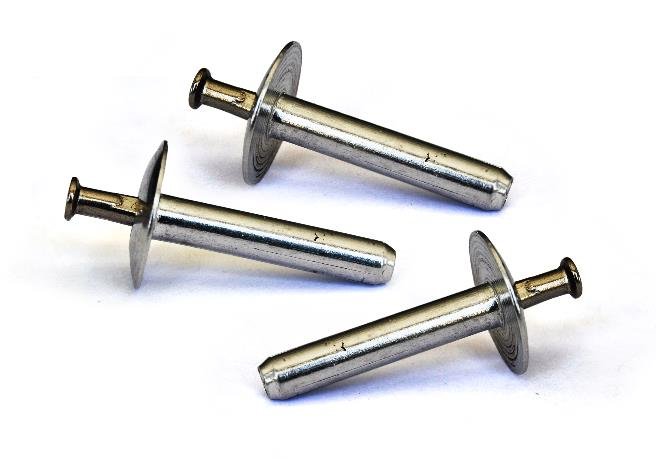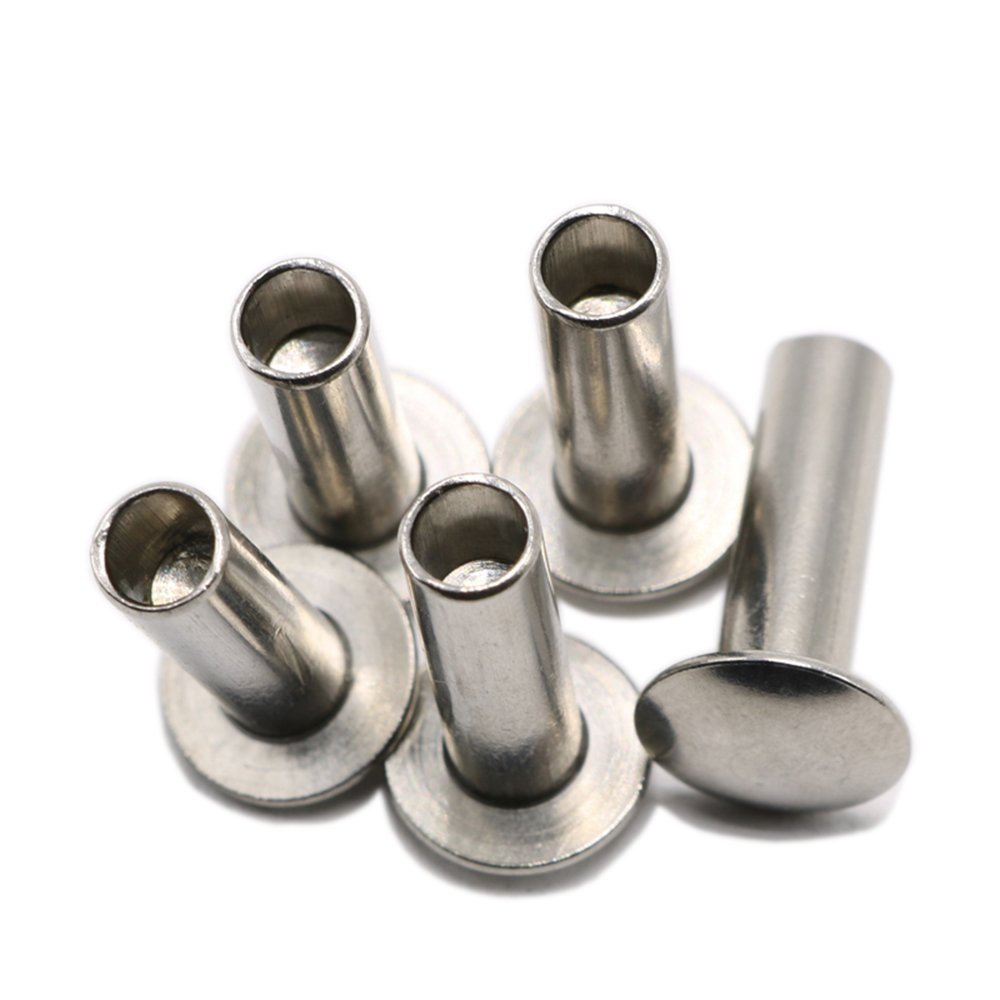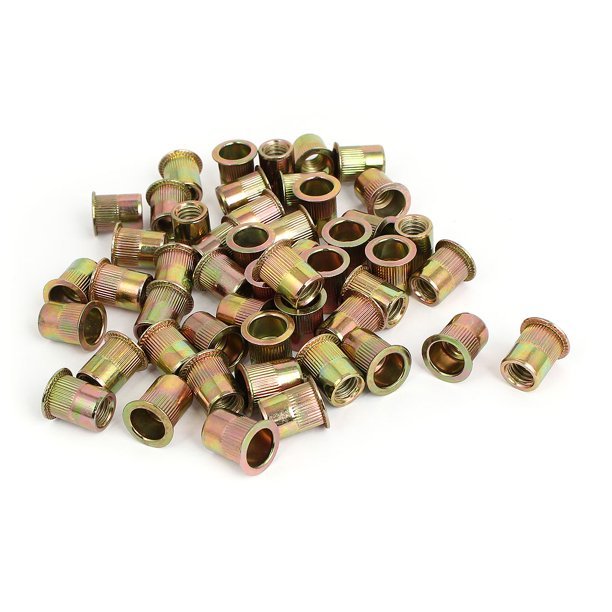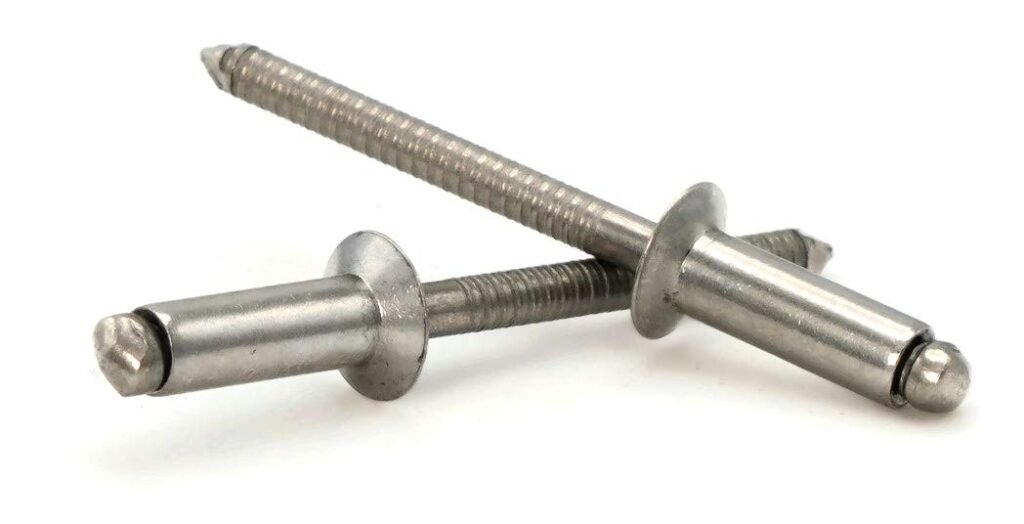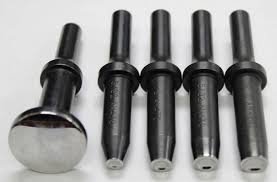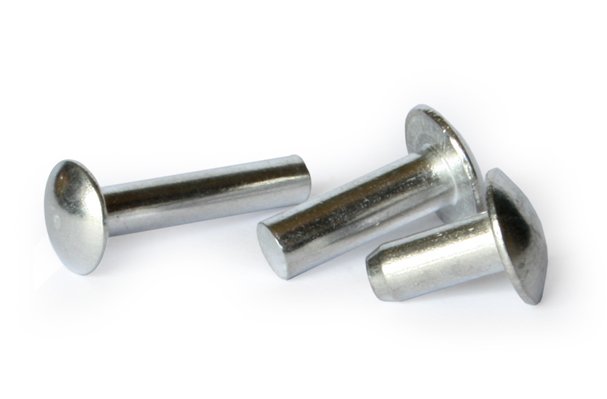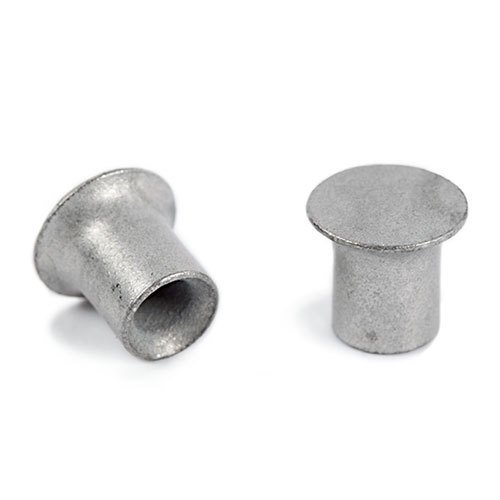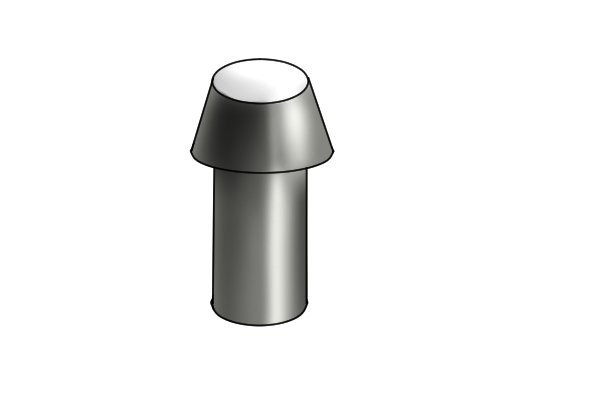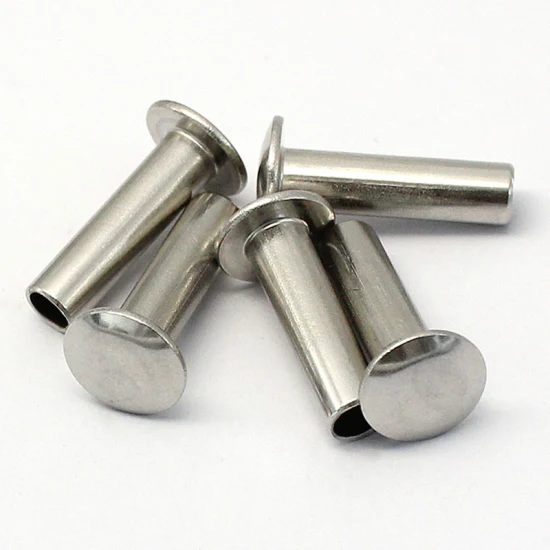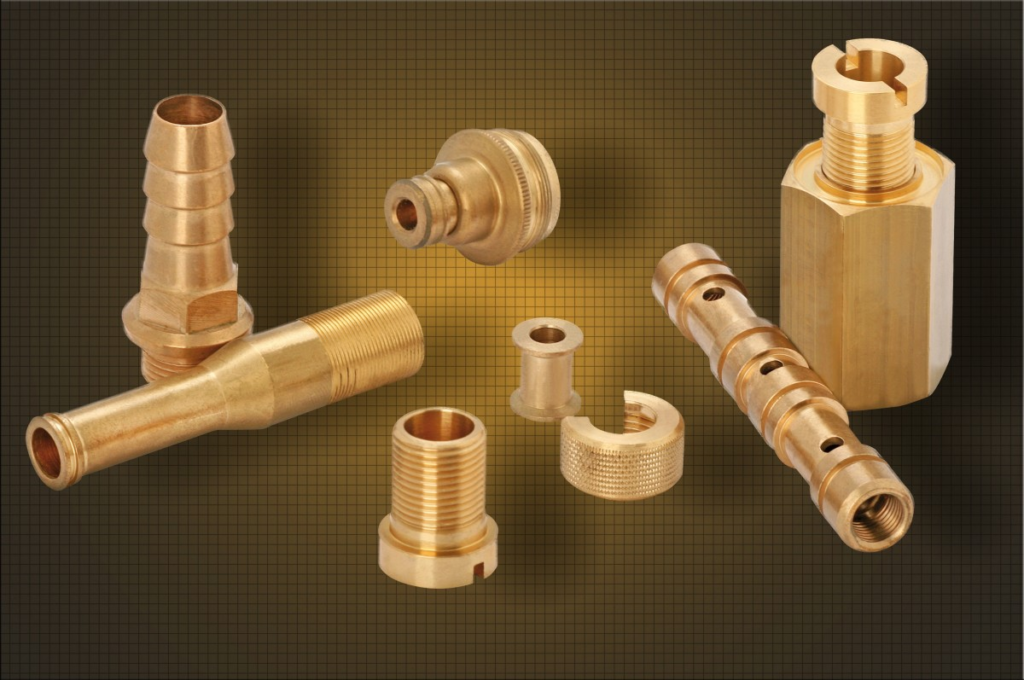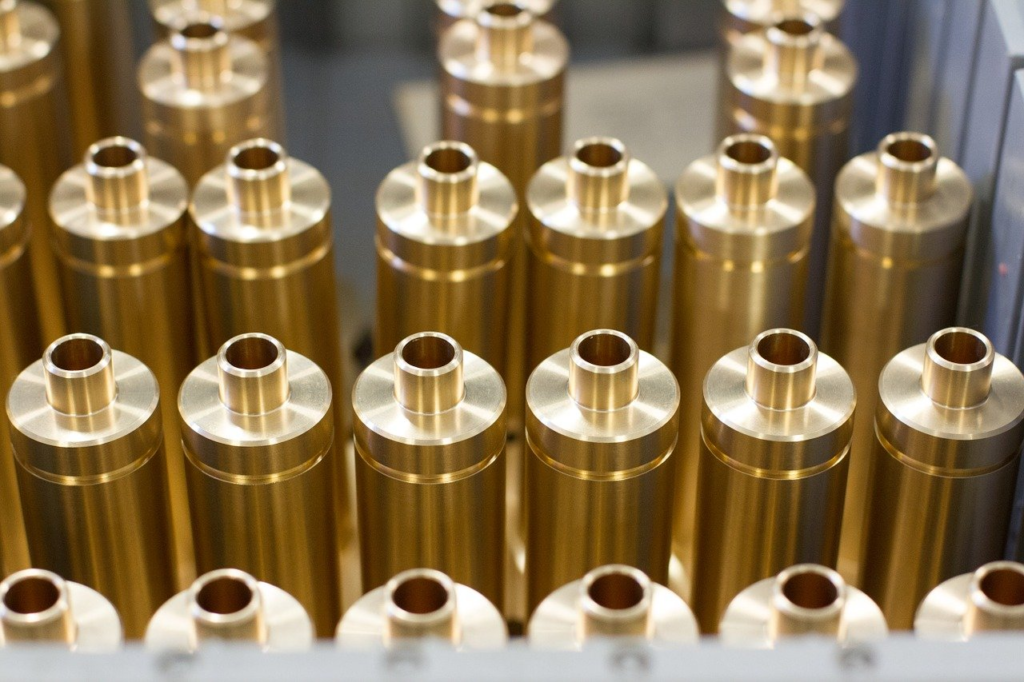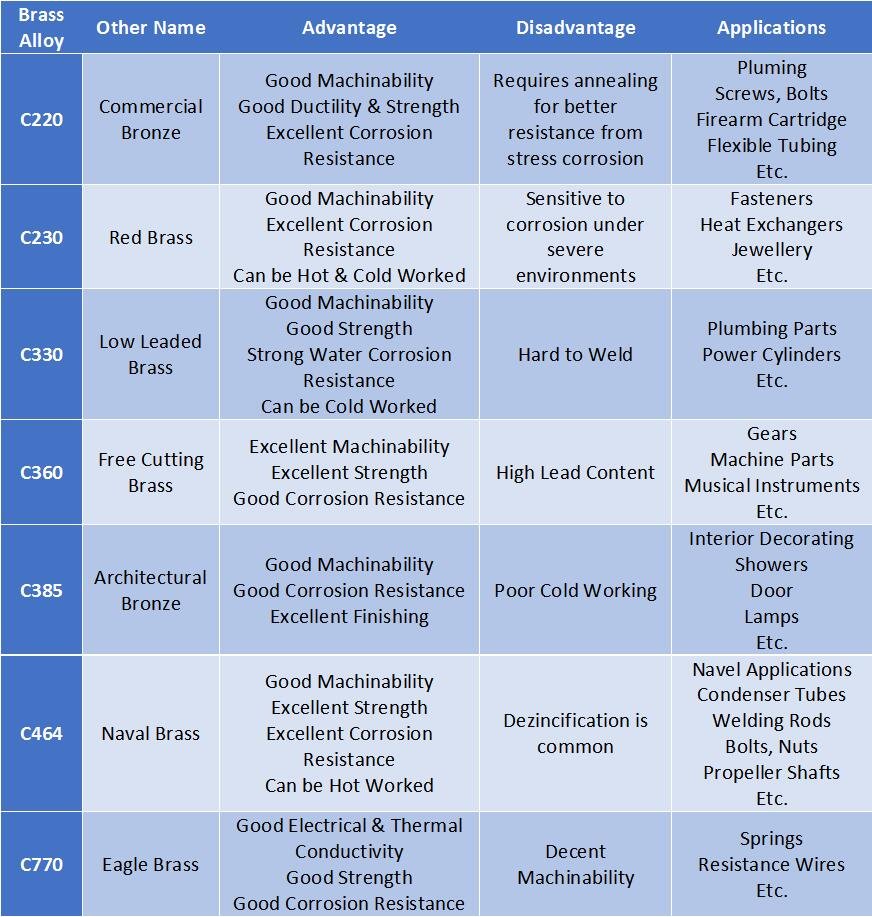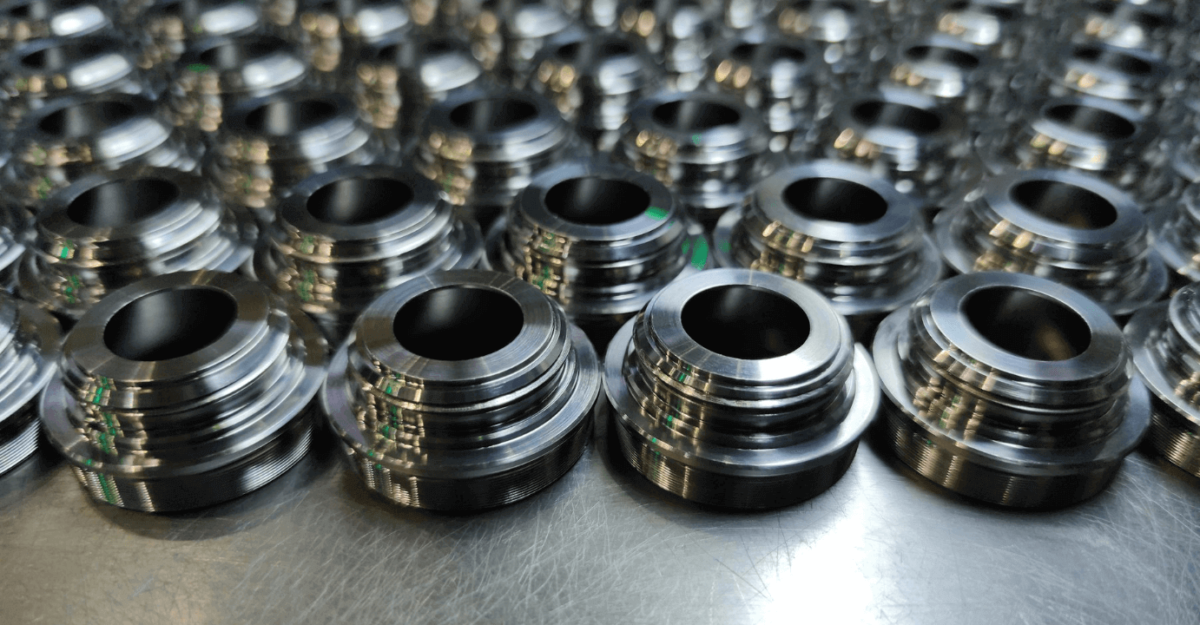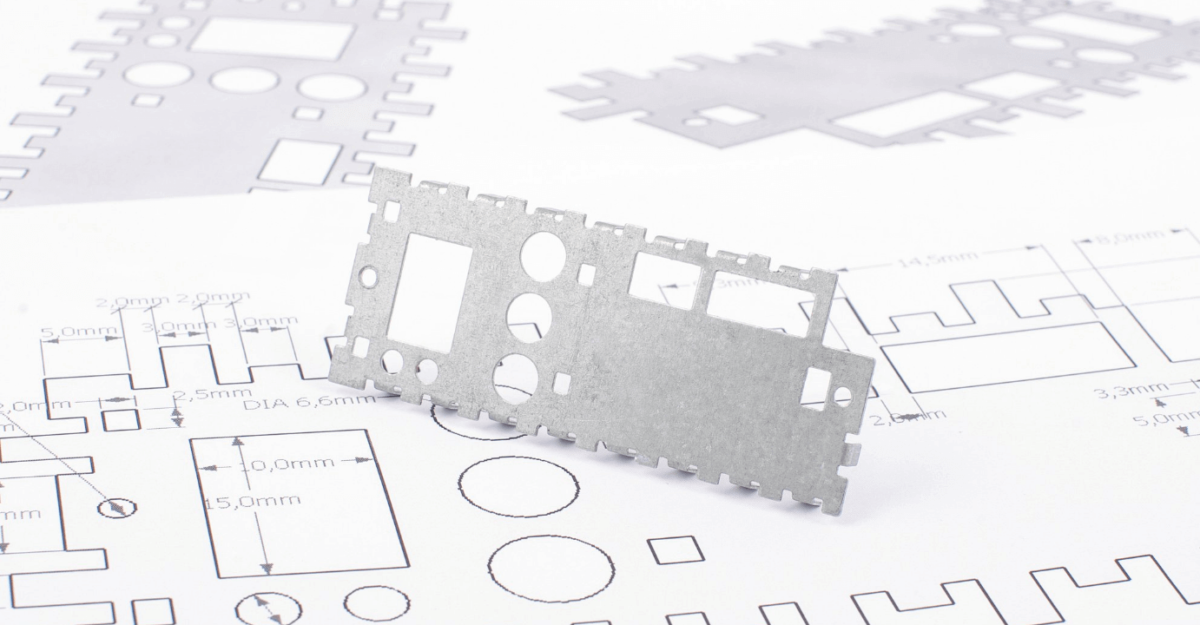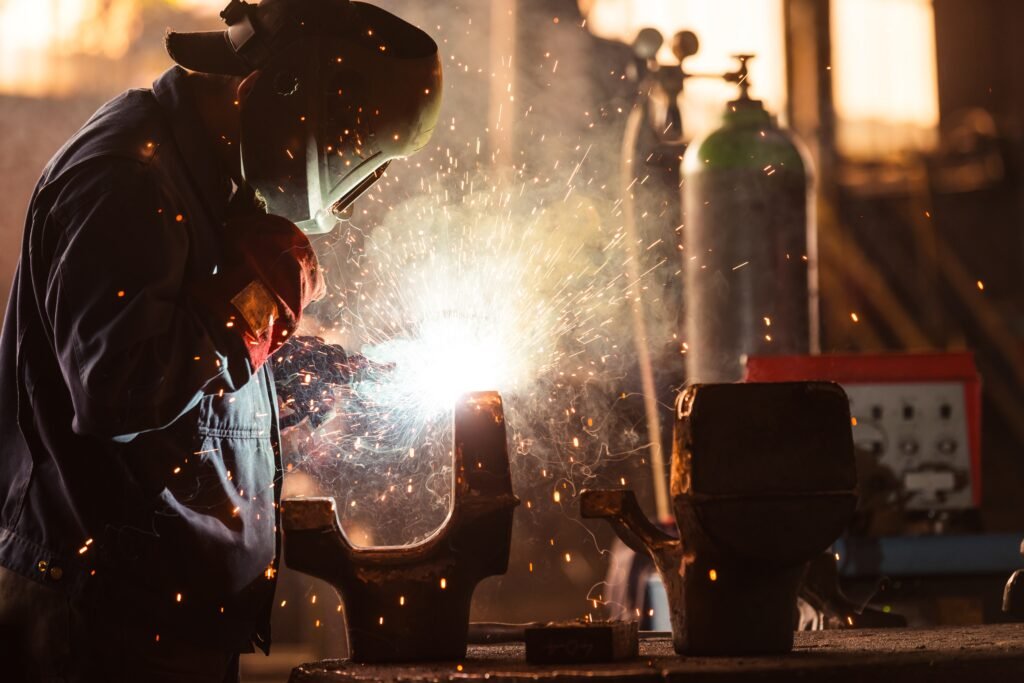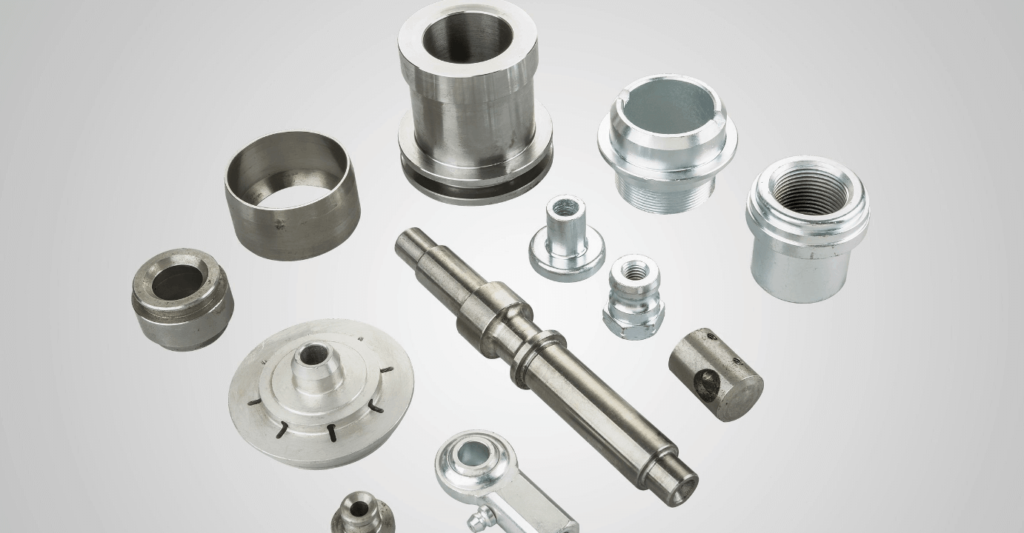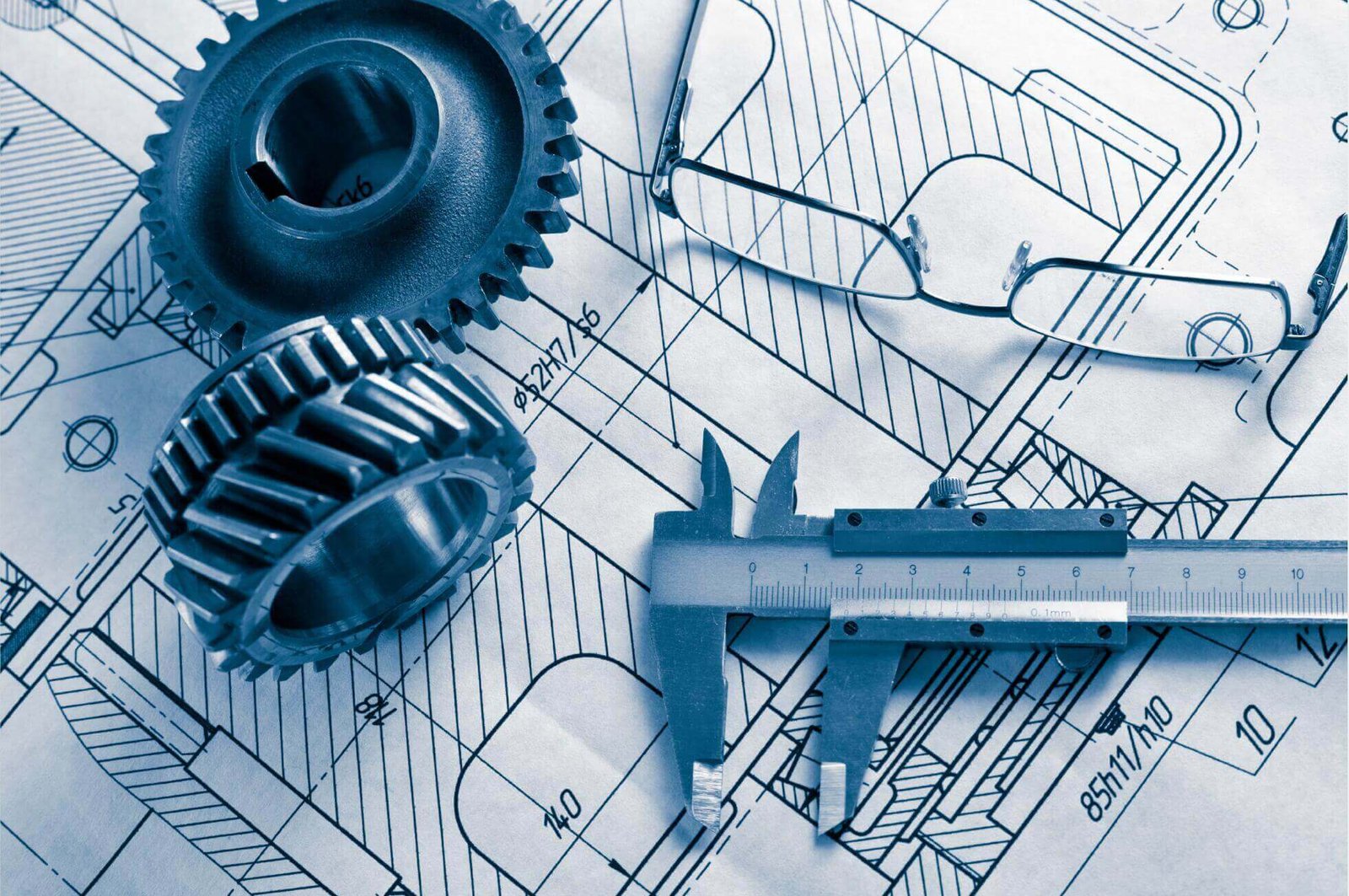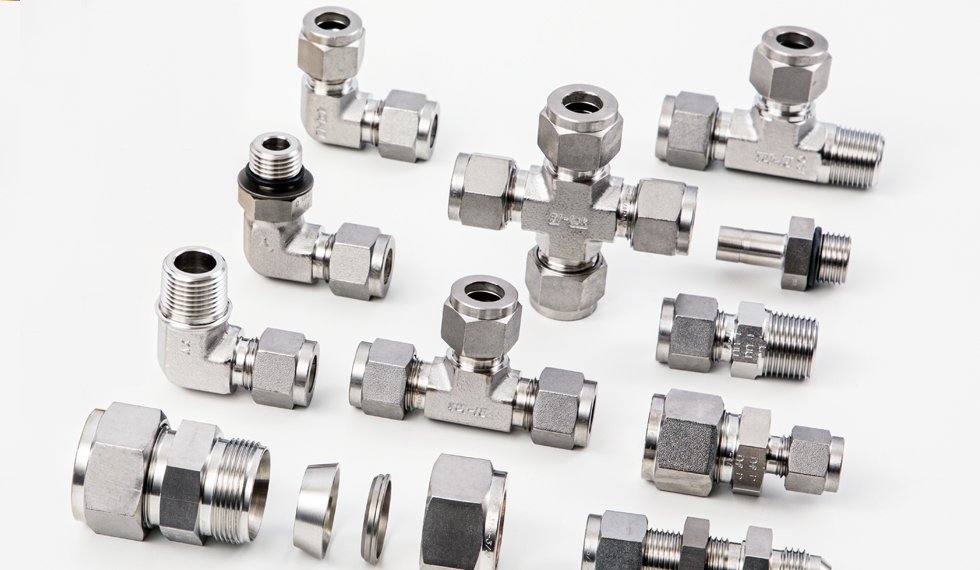The sheet metal fabrication process is an essential undertaking. It adds value to any construction work. The strength of the weld determines the effectiveness of the welding process. Like any other project, welding requires money and time.
Labor costs and input costs can increase the cost of welding if not well managed. A cheap one always does not mean quality. Look for cost-effective solutions to ensure the profitability of your next welding project?
As an entrepreneur, you need to consider the resource combination that saves money. Thus, you need to choose the right welding partner to achieve your goals. Do you intend to cut costs on your next welding project? Here are a few tips to get you started.
1.Plan Before The Welding Project Begins
Planning is an essential process in the budget-making process. Cut down the expenses by making preparations for your welding. Perform a study to find out the materials you need and estimate the costs involved.
Many people ignore the planning stage. It makes a difference by eliminating mistakes and undervaluation during the fabrication process.
Early preparation will help you stay focused. It will also assist in estimating the costs and completion time. Ensure that you work with a trusted welding professional. It can help you find out the costs of materials required.
Discuss with your welding expert the construction design you intend to make. If the design resembles your previous projects, provide documented drawings for review.
Before the project begins, work with your trusted welder. This way, you can change product designs and drop unnecessary welds.
2. Save Time By Arranging Welding Materials.
Procuring the materials needed for the welding before the operation begins saves time. Put the necessary materials close to a professional welder to avoid lag time. When a welder looks for welding accessories that are far away, the waste of time will increase.
You can sort the welding materials needed and arrange them close to the working area. Before the welding operation begins, the welder should prepare the materials. It will improve productivity.
Welding accessories scattered may cause interruptions. So, you should sort and arrange them.
You need to prepare joints before the commencement of the welding activity. The welding professional should ensure that base surfaces maintain a level of cleanliness.
Cleaning eliminates contamination from pollutants such as air and oil. He should detect and reduce gaps to prevent over welding and wastage of fillers.
When you have everything set, the welding operation can begin without interruptions.
3. Look For An Experienced Welding Contractor.
Experience is necessary for the metal fabrication process. To avoid time and material wastage, you should choose professional welders. They should have years of proven experience in the fabrication industry. Look for certified and well-established welders with skills in metal fabrication.
Expert fabricators can estimate the value of resources needed to complete your project.
Welders can determine the proper procedures to avoid distortions and warping. These may impact the final end product. Professional welders also do not make try and error methods in their operations.
Working with an experienced fabricator contractor will get high-quality products. Always use welders who have worked on projects like yours.
You can find professional welding contractors through testimonials or referrals. Online platforms also help professionals find reliable and efficient suppliers for welding operations.
4.Incorporate Automation In The Welding Process.
You can increase the efficiency of the fabrication process. For this, incorporate some welding functions. It can be automatic mechanization as well.
Automation helps in speeding up the process without compromising productivity. The use of machines can streamline the weldment through complex procedures. In such a procedure, turning rolls, weld positioners, and manipulators operate.
The automation equipment will help reduce costs by eliminating functions. But it would need a lot of human labor.
Human beings are prone to errors and fatigue. Machines can replace human beings in scenarios where automation is possible. Robotic welding is also a new trend in the fabrication industry. It cuts down on labor.
You should buy new technologies that enhance efficiency and productivity. For example, gas tungsten technologies help to speed up the welding process.
Automation of various welding procedures streamlines services helping to cut down costs.
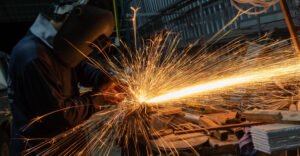
5.Proper Maintenance of Welding Equipment.
Machine breakdown during the welding process means a waste of both time and money. To avoid such unprecedented events from occurring, schedule machine maintenance. You must maintain the welding equipment to function.
Faulty equipment increases production costs while reducing the efficiency of the welding process. For example, maintained appliances will lead to voltage losses.
Moreover, a flawed gas system will result in gas leakages that will be a health hazard to welders.
Faulty tools will also decrease the efficiency of the welding operations. It can lead to poor-quality welds. Poorly-done welds will increase costs and the number of rejected products.
Regular maintenance of the welding tools will keep them in a suitable condition. All faulty equipment needs replaced with new ones.
6.Regulate The Use Of Consumables.
You can cut down the welding cost. For this, you should control the usage of consumables. For example; grinding wheels, filler metals, and shielding gas.
You should ensure that you use the consumables when necessary. This way, you can decrease the cost and avoid wastage.
Regular checks on the gas delivery system will help to identify gas leaks. This regular checkup prevents losses. In the long run, it will drive the total cost of production down.
7) Refrain From Over-welding.
You should ensure that the welding operations follow the original plan. Overwhelming occurs when the fabricator applies a large weld than needed.
Over-welds may also happen when you fail to specify the size of the design to your fabricators. When this happens, it increases the cost of materials in the long run.
The use of extra material means that more heat usage. Heat can lead to the distortion of the product hence reducing efficiencies.
Inexperienced fabricators make overwhelming mistakes. They want to ensure the usage of enough metal in a welding operation.
Overwhelming leads to poor quality products and wastage of resources. A quarter-inch increase in the fillet weld will result in extra costs.
You can cut the overwhelming mistakes by hiring experts in the fabrication industry. An experienced welder knows to stick to the client’s budget and measurements.
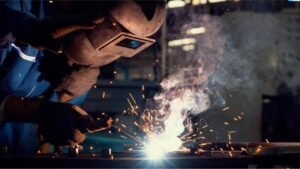
8.Follow The Proper Welding Procedures.
You can produce high-quality products if you follow the proper procedure for operations.
The appropriate production methods involve using the correct amount of heat. Also, ensure that the surfaces don’t get overwhelmed.
In the fabrication process, the sequence of conducting operations matters a lot. Welding is an art and science that only experienced fabricators can understand. Fabrication involves high temperatures. It can lead to warping and distortions if not controlled.
Proper welding techniques and procedures end undesired distortions and warping.
Professional fabricators have the skills to judge the expected changes. They can make adjustments for a better quality finish.
Employing experienced fabricators will guarantee reduced fabrication time. The production of high-quality welds will be high.

9.Incorporate Fabrication Costs With Other Welding Expenses.
Many welding professionals can perform other manufacturing procedures such as machining and painting. You can reduce costs by bundling fabrication costs with other welding expenses. For this, you need to work on a tight budget.
Get a fabrication expert with experience in machining and painting. It can help you get a discount on the total price of operations.
To get a discount, you can hire a welding expert who will help you buy various welding materials.
Categorize welding expenses and divide them into a fabrication expert. It will lower the costs than carrying out these functions as independent projects.
10.Ensure Adherence To Safety Standards.
Welding operations should follow suitable safety precautions to avoid accidents in the workplace.
The welding professionals should wear safety gear. They must handle welding equipment as stipulated in the health and safety standards
Improper tool handling can lead to wastage of resources which will be costly in the long run. Accidents can derail your fabrication operations. It can increase the time needed to complete the project.
Get insured workers to avoid the extra cost if unforeseen accidents happen. The welding equipment used must conform to international standards.
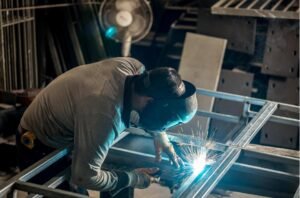
Final Thoughts
QBH Technology is an industry leader in the manufacturing and fabrication processes. We have state-of-the-art facilities for the production of high-quality metal. For your industrial purposes, you can trust us.
We care about our clients. We provide cutting-edge technologies in CNC machining and welding. We undertake your project as our own to ensure we deliver the project as required. We have a team of certified engineers who will help you throughout the planning process.
Our welding department utilizes advanced technology.
We provide high-quality services at affordable prices. We also do follow-ups to ensure you receive the best service for all your needs.
Our experts have a wealth of experience in CNC technologies and milling. You can trust us with your project, and we will be happy to take it to completion. Contact us today for a quote.

